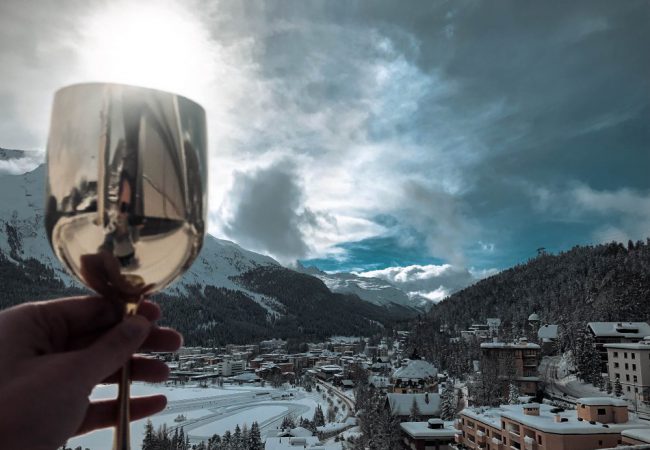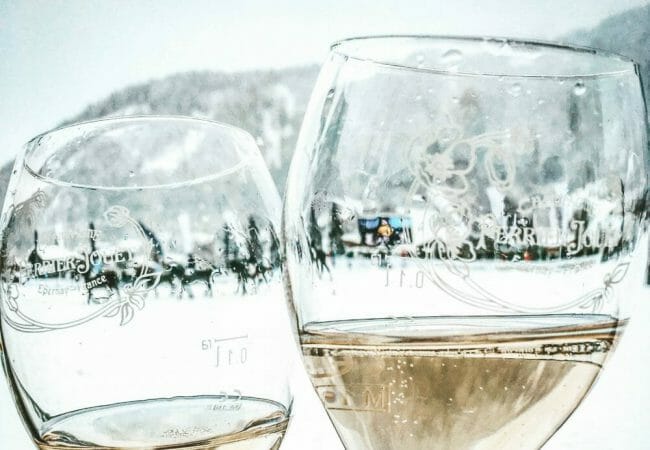The Hotel Schweizerhof in St. Moritz is a true true…
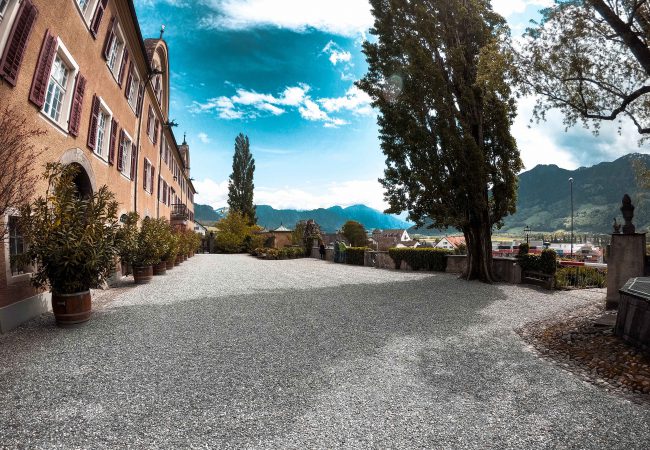
Schloss Salenegg – The oldest winery in Europe
This post is also available in:  Deutsch (German)
Deutsch (German)
Background
Around the year 950, the first building was built; The client was the prior of the monastery Pfäfers. This house, which lies on the sunny side of the valley, was originally called “Prestenegg”, because here the “Presten”, that is the afflictions of the monks were cured.
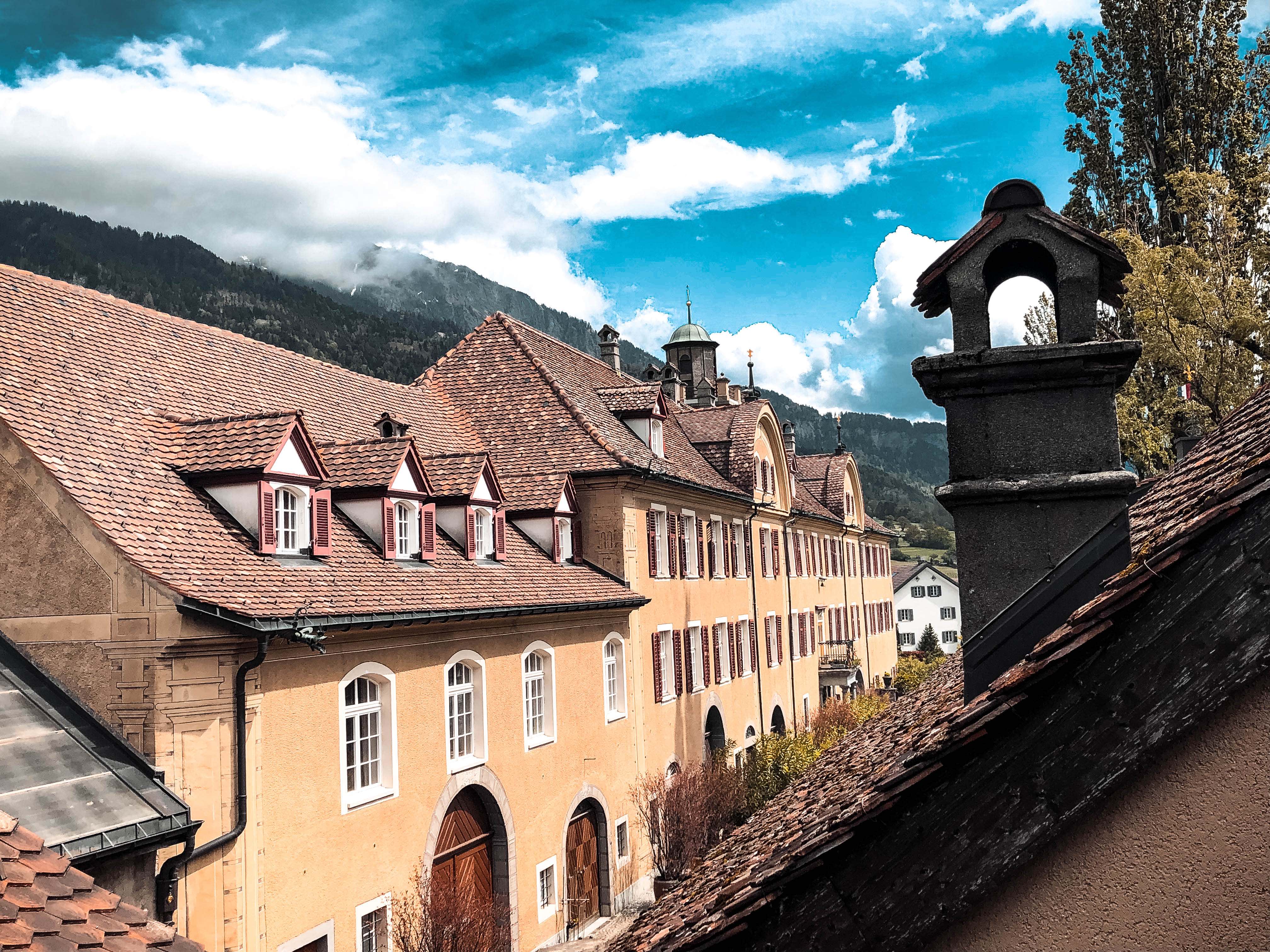
The oldest winery in Europe
Since 1068 wine is grown and pressed in the stately vineyard. Thus, the winery Salenegg is considered the oldest existing winery in Europe .
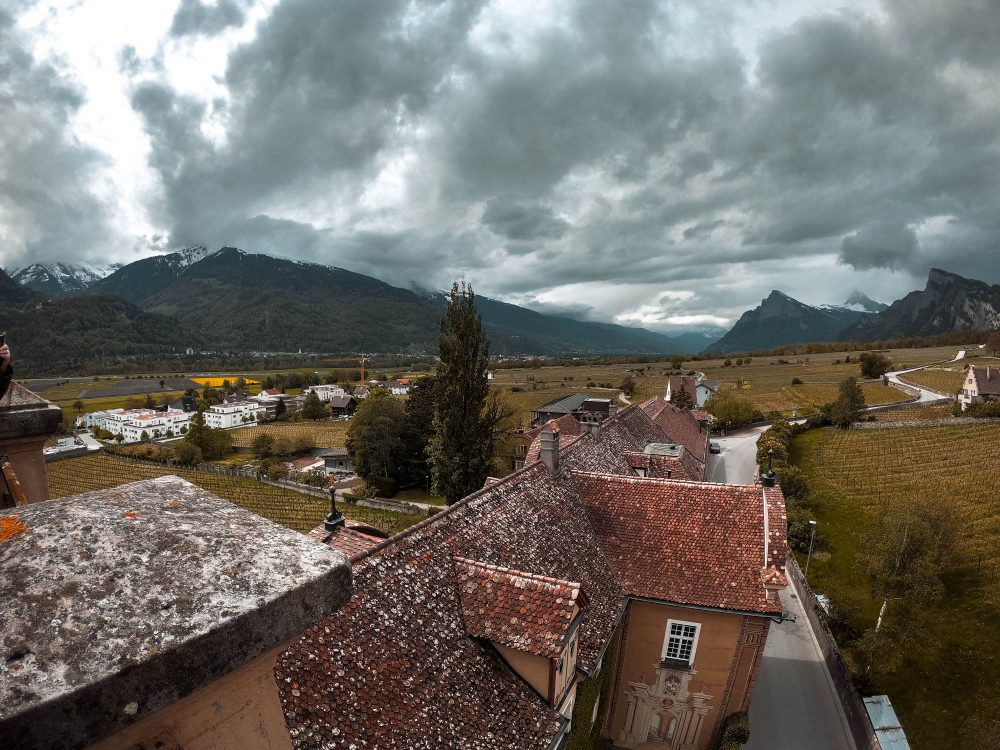
Today, in addition to several wines and brandies, delicious vinegars are produced at Schloss Salenegg.
Short story about Schloss Salenegg
After a change of previous history, Anna von Schauenstein and her husband Vespasian von Salis bought and expanded the property around 1600. A sal-willow was planted near the fountain in the yard, the coat of arms of the family of Salis, the property was renamed in Salenegg.
In 1654, Hans Luzi bought Gugelberg von Moos Castle Salenegg for 14,000 guilders and six Fuder wine.
He furnished the large room with wood paneling and procured a “Torkelbaum” made from a huge oak tree for the pressing of the wine, which had to be moved to Maienfeld with fifty oxen. The Gugelberg family still owns the castle and several rooms are still inhabited.

Origin is future
Since 1654, the Gugelberg family has stood for quality and originality, and today Helene von Gugelberg manages the fate of the estate with vision.
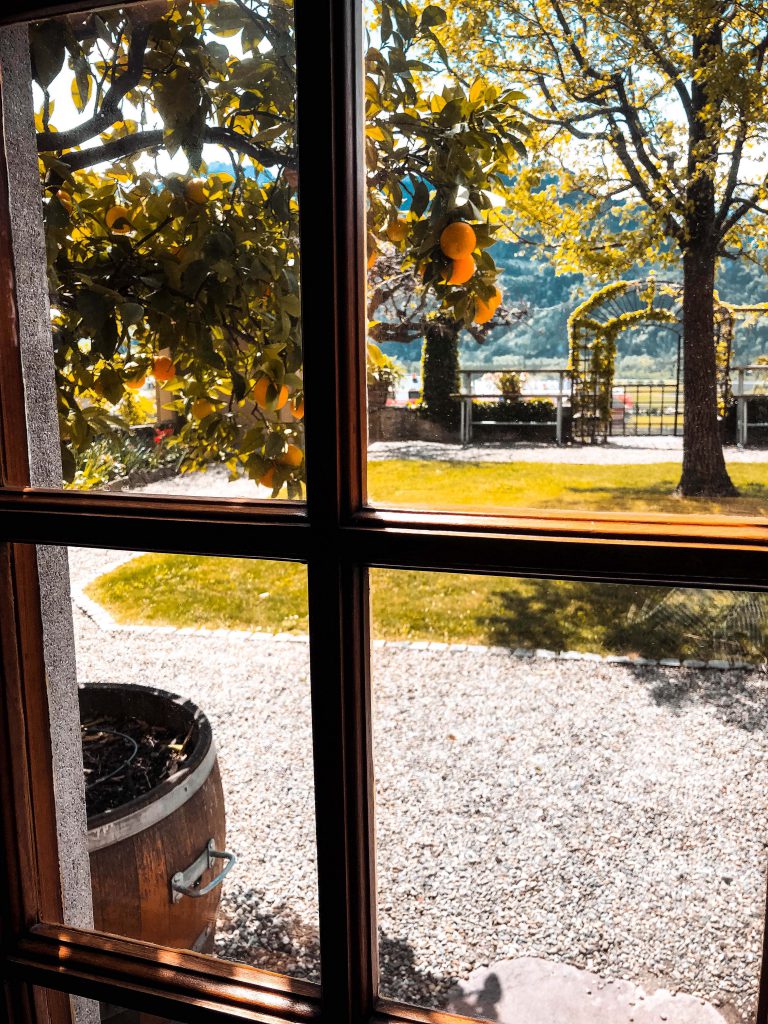
Schloss Salenegg garden 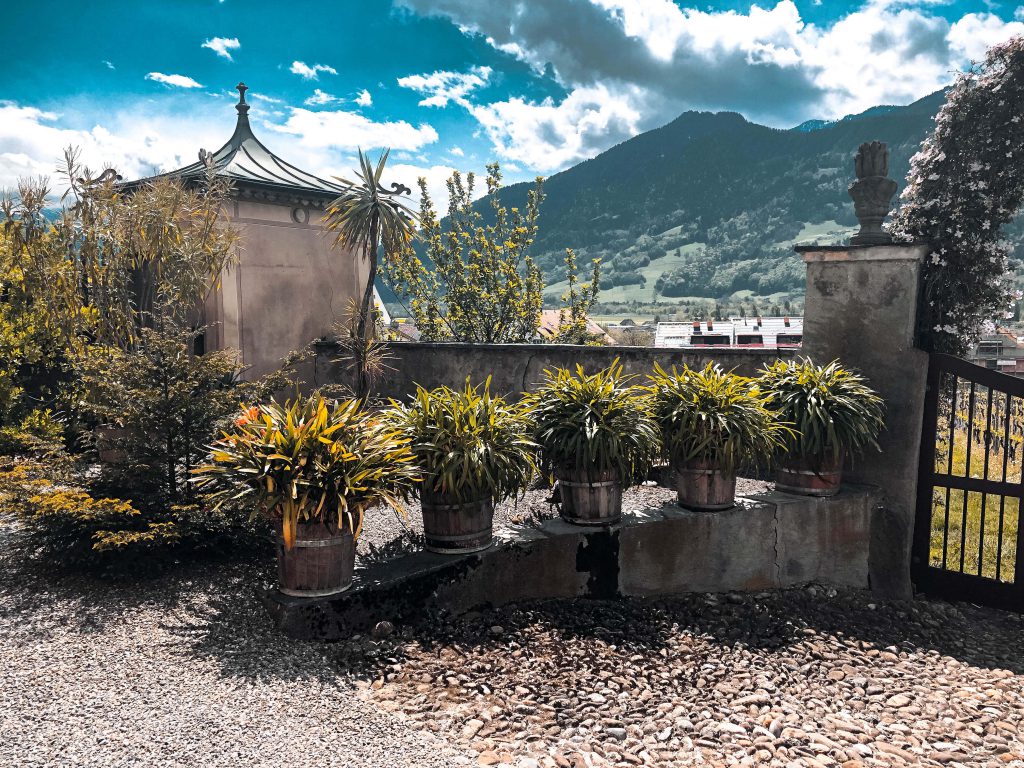
Schloss Salenegg garden 
Schloss Salenegg garden 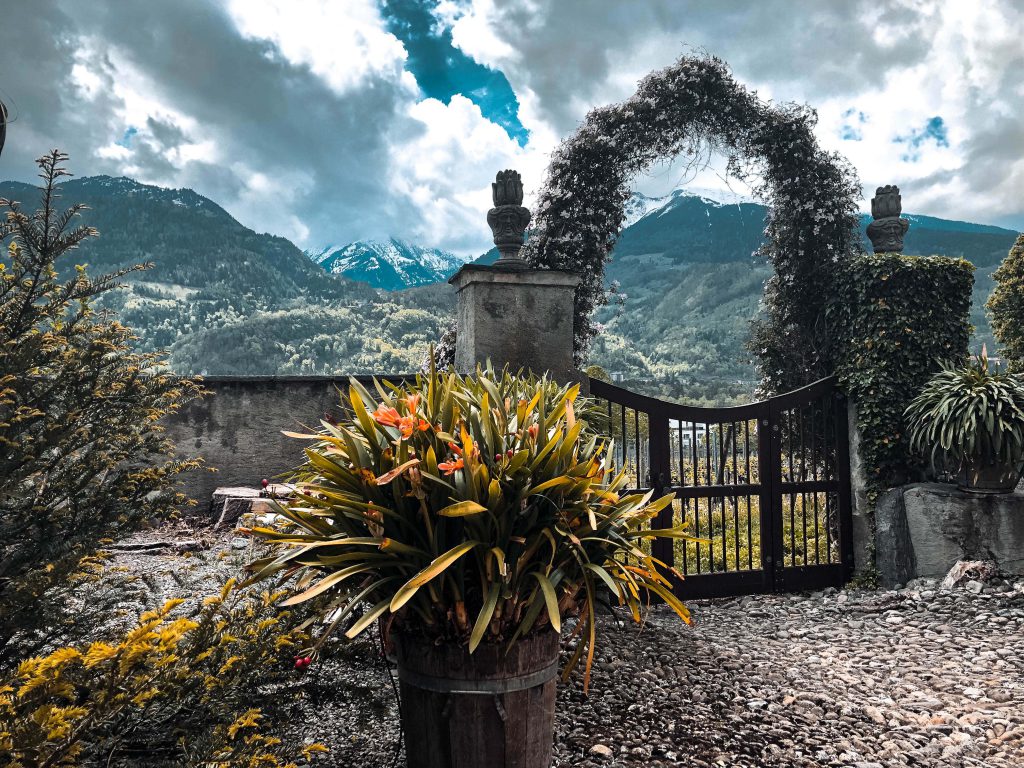
Schloss Salenegg garden
Their goal is to hand over a modern operation to the next generation. What used to be the fight against nature and disease challenges today is bureaucracy.
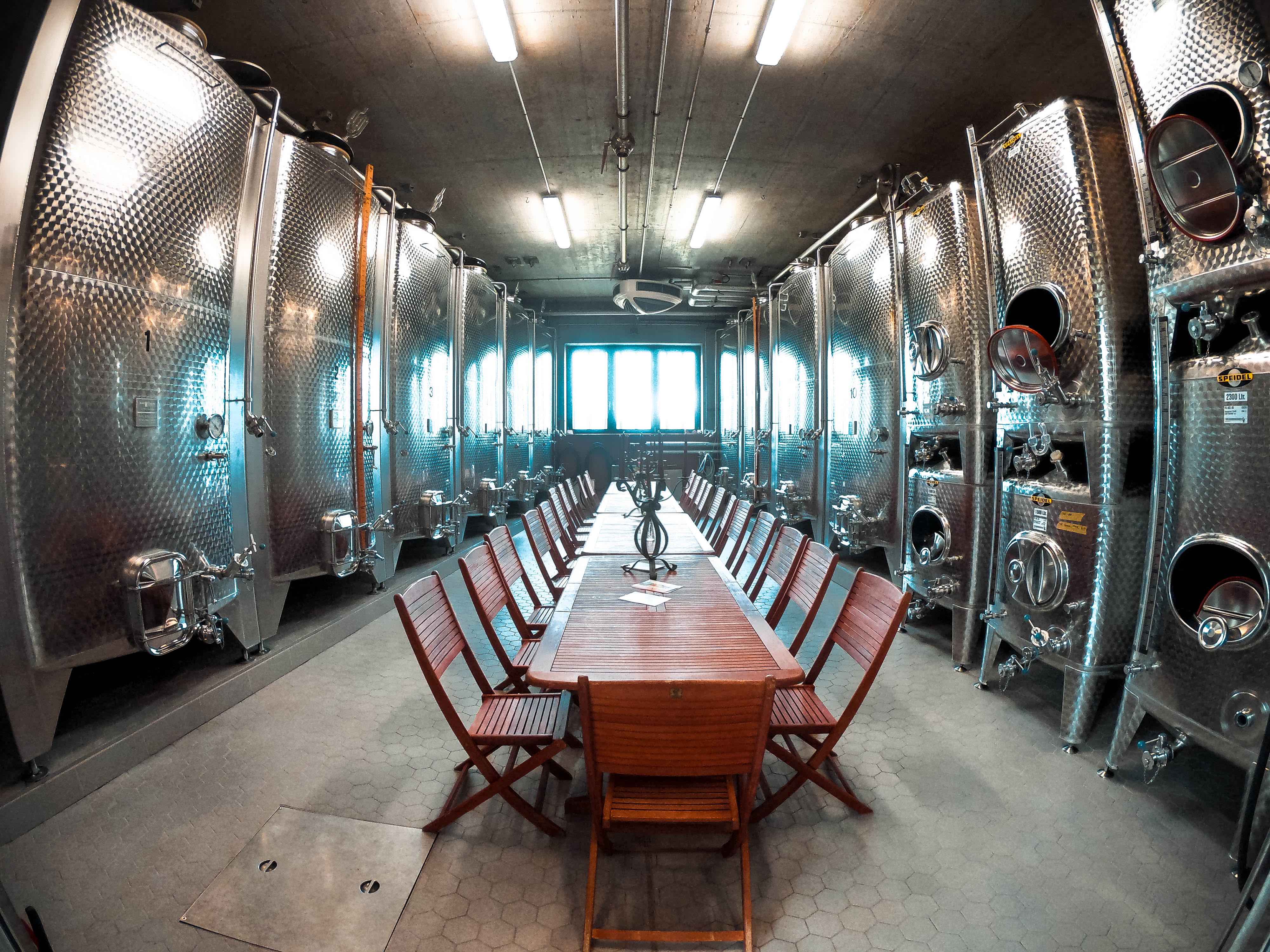
Tradition is culture
The massive Torkelbaum dates from the year 1656. Only in 1926 it was replaced by a new press. The lords of the castle did not have to spend too much effort to maintain exemplary and contemporary viticulture.
Today, the proven is united with the new
Pinot Noir
In the case of Pinot Noir, mash stand and fermentation takes place in steel tanks for a period of ten days, during which malolactic fermentation takes place. Then the young wine moves to the full development of his character in the traditional wooden barrels. One year later it can be bottled ready for drinking. The Pinot Noir “Schloss Salenegg” is the traditional wine of the Bündner Herrschaft and the figurehead of Schloss Salenegg.
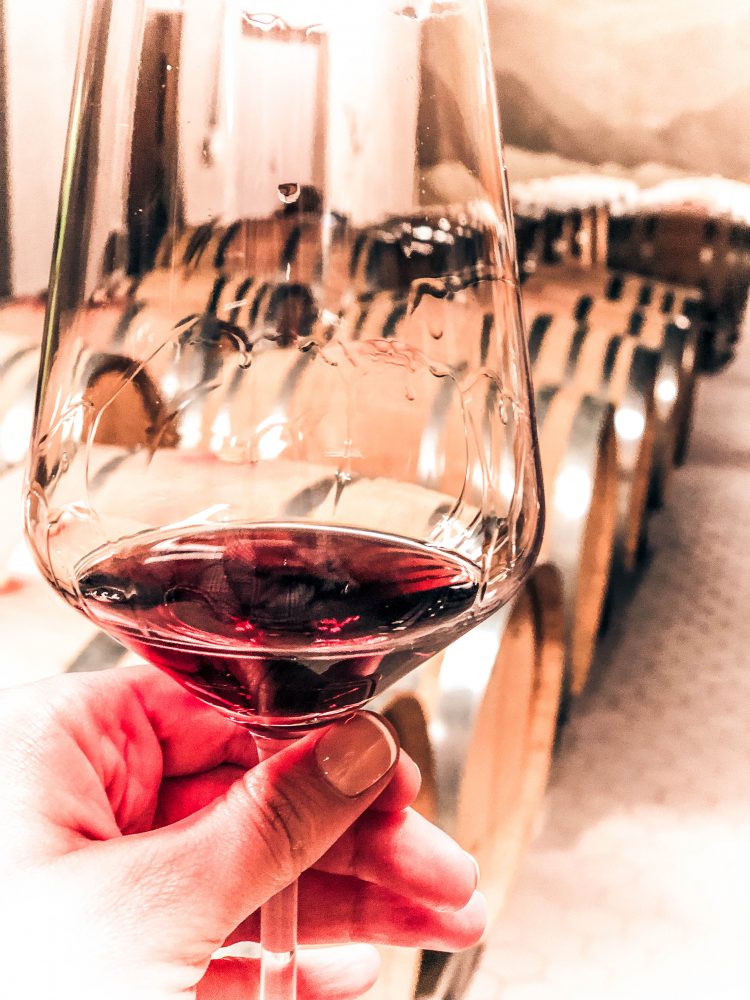
Chardonnay
Unlike the Pinot Noir, Chardonnay must be bottled in French oak barrels. After undergoing all stages of maturation, the fully matured wine is bottled twelve months later and released for sale.
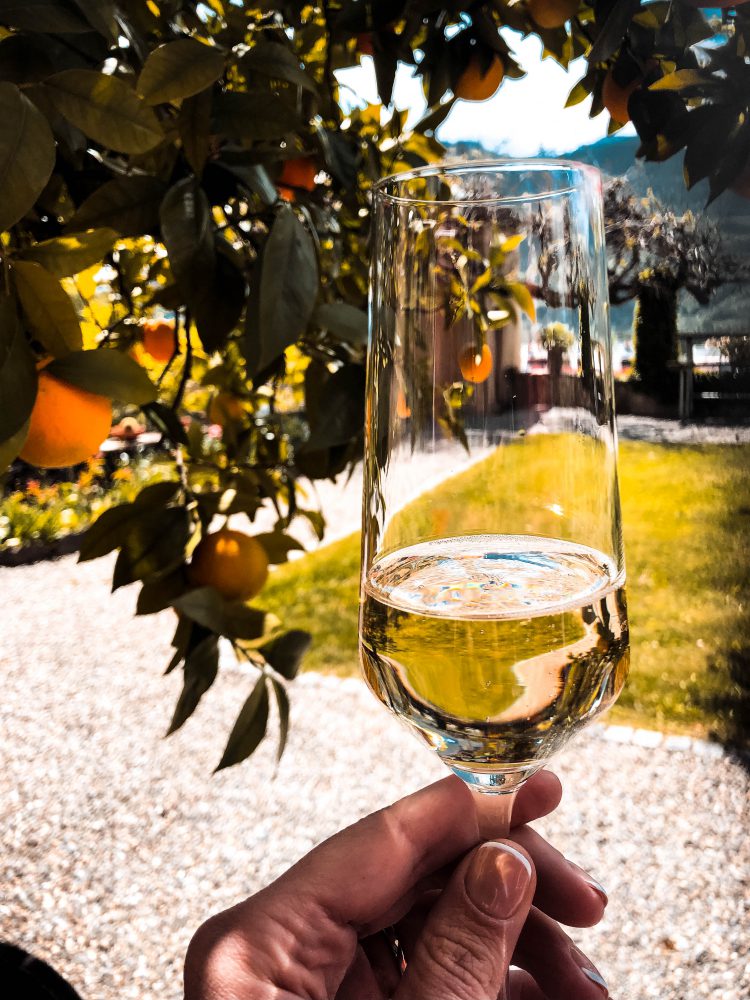
Vine and terroir
The vineyards of Castle Salenegg are located at the foothills of the falconry. The massif protects the vineyards from cold north winds. In the resulting microclimate, the vines thrive best. Another basis for the highest quality is the calcareous slate soil with its extraordinary minerality.
Cultivation
Eight employees are constantly cultivating the two-hectare park and gardens as well as the eleven hectares of vineyards.
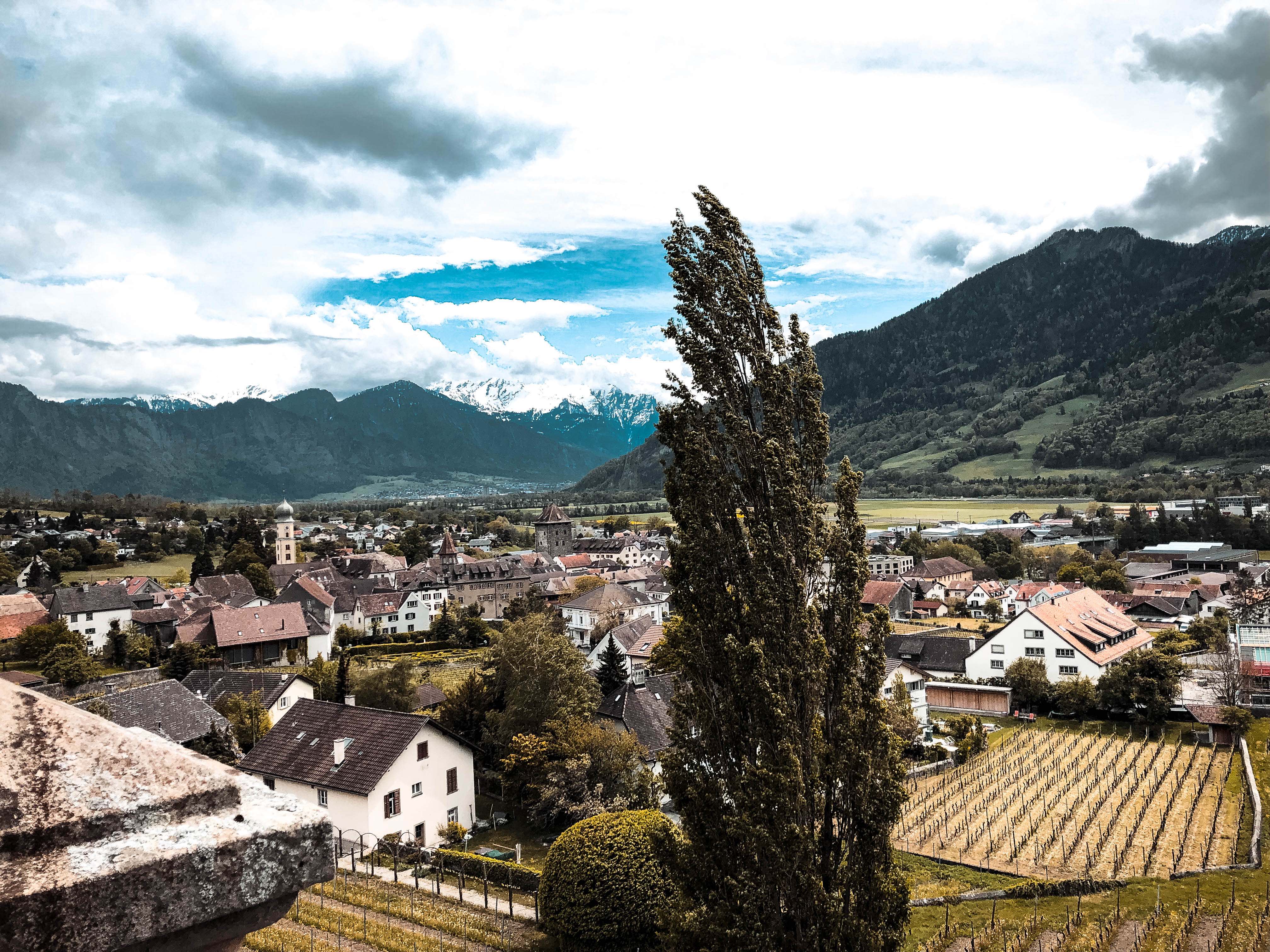
Quality
Frau von Gugelberg knows that the quality arises in the vineyard. That is why you attach great importance to a balanced education of the vines. A rigorous yield restriction to a maximum of 750 g per m² is necessary.
Now the art of the cellar master is to mold and mature the maturing wine in order to obtain a terro-typical wine that deserves the name “Salenegg Castle”.
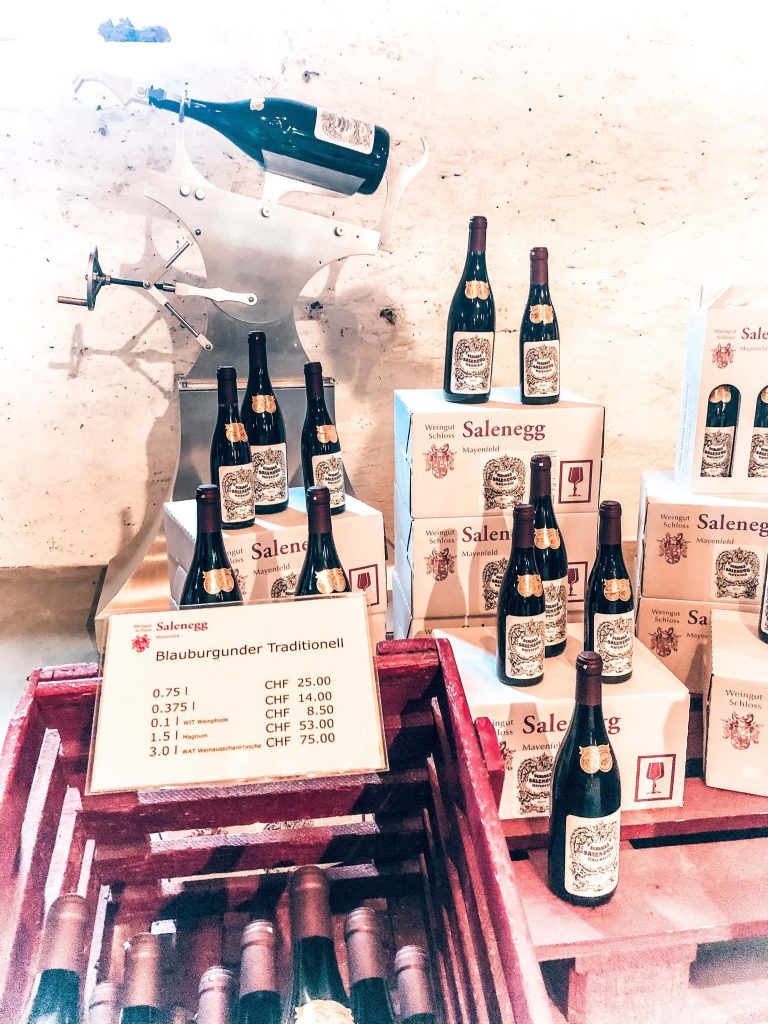
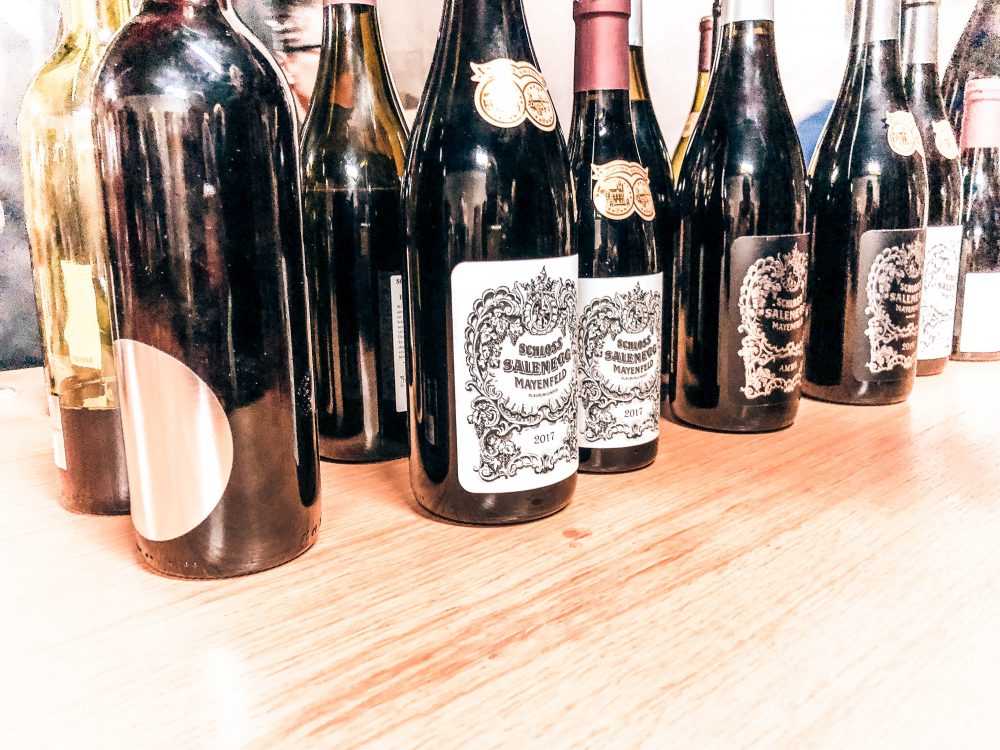
Vinegar from Schloss Salenegg
In the past, vinegar was used as a medication for respiratory and digestive disorders. Especially in the Middle Ages was herbal vinegar because of its disinfecting effect as a remedy.
Today, vinegar is one of the healthiest condiments today and is an indispensable part of a balanced and healthy diet. High quality vinegar replaces the salt and refines the taste of each dish. The products of the chateau stand for centuries-old traditions, which represent a unique jewel in modern times.
We wish the sympathetic family of Gugelberg and their descendants all the best! We are pleased and grateful that they have successfully guided and maintained Schloss Salenegg over all these centuries.
Further Facts & Figures
Foundingyear: 1068 Owner: Familie von Gugelberg Manager: Helene von Gugelberg oenologist: Stephan Fuchs surface: 11 hectare Volume: 90.000 bottles Grapes (weiß): Chardonnay (Clävner), Müller-Thurgau (Riesling Sylvaner) Grapes (rot): Pinot Noir (Blauburgunder, Klävner) Other products: Liquor, Sekt, high quality vinegar
Previous Post: Red Bull Ring Austria
